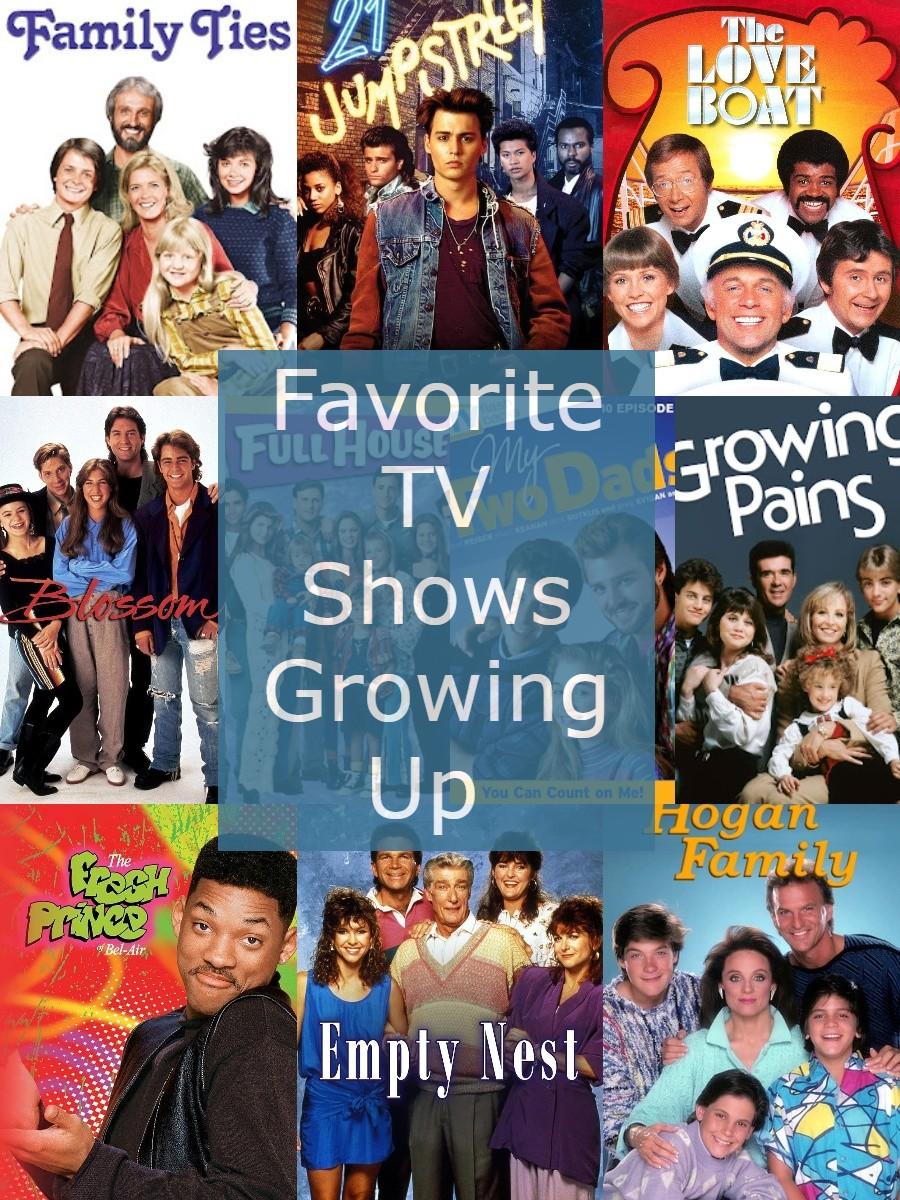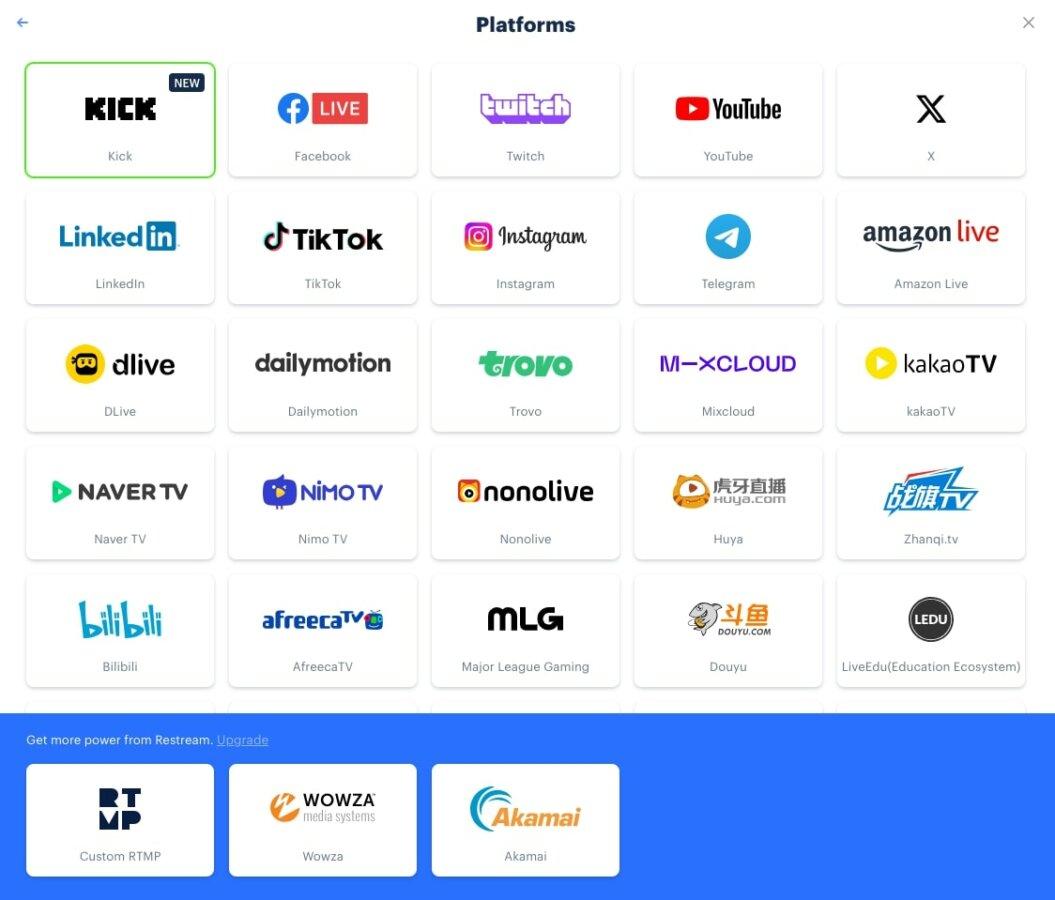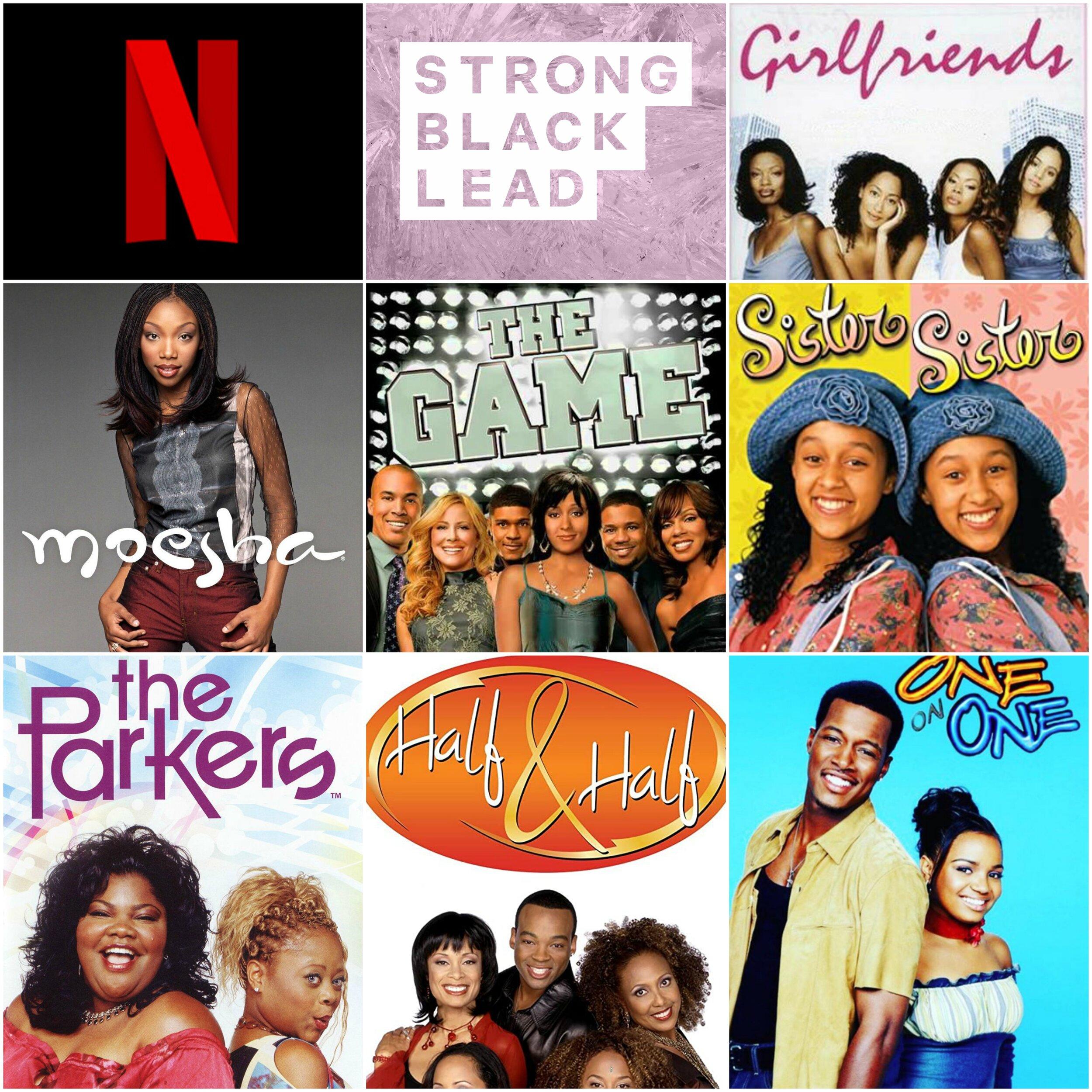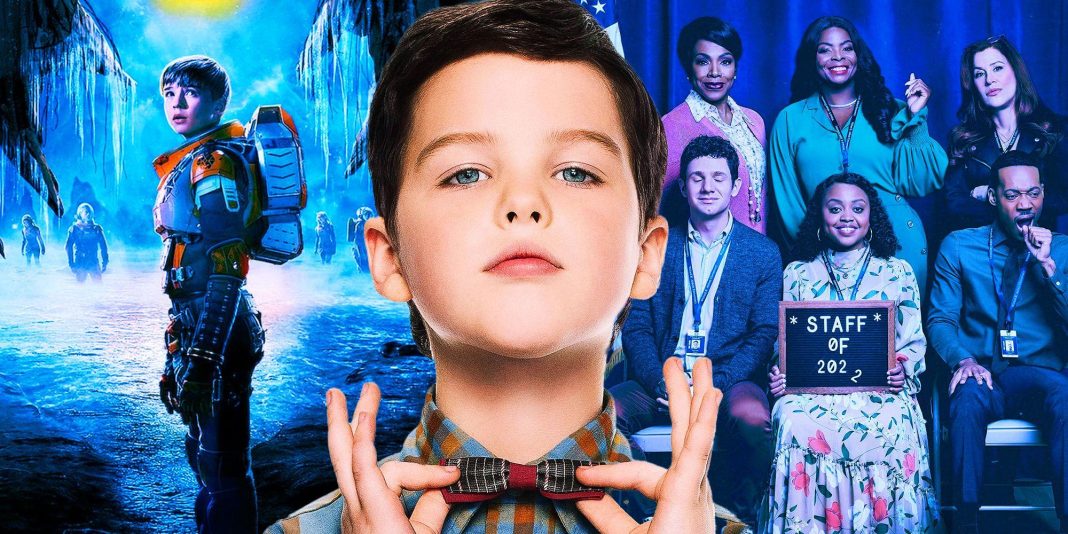In recent years, the boundaries that once clearly delineated television shows from movies have become increasingly indistinct, prompting a reevaluation of how we categorize visual storytelling. This shift is driven by a confluence of technological advancements, evolving consumer preferences, and innovative content creation strategies. Streaming platforms have emerged as pivotal players in this transformation, offering both serialized narratives and feature-length films under a single digital roof, while blurring the traditional lines with limited series and high-budget productions that rival cinematic releases. As audiences grow more accustomed to this fluid landscape, it raises critical questions about the future of entertainment: Are the distinctions between TV shows and movies becoming obsolete, or are they simply adapting to a new era of storytelling? This article delves into the factors contributing to this phenomenon, examining the implications for creators, consumers, and the industry at large.
Evolving Narratives in Modern Storytelling
In recent years, the landscape of visual storytelling has undergone a profound transformation. Television shows and movies, once distinct mediums with clear boundaries, are increasingly overlapping in both form and function. This convergence is driven by several factors that blur the lines between these formats, challenging traditional definitions and viewer expectations.
Key factors contributing to this evolution include:
- Production Quality: The production values of TV shows have skyrocketed, with many series boasting cinematic visuals and high-profile directors, making them comparable to feature films.
- Storytelling Techniques: Television has embraced long-form storytelling, allowing for complex character development and intricate plotlines that rival, and sometimes surpass, those found in movies.
- Distribution Platforms: Streaming services have become a melting pot for content, offering both movies and TV series without distinction, thus encouraging creators to experiment with format and duration.
This shift invites a reevaluation of how we consume and categorize visual media, ultimately enriching the narrative possibilities available to creators and audiences alike.

Impact of Streaming Platforms on Content Creation
Streaming platforms have significantly reshaped the landscape of content creation, leading to a convergence between traditional TV shows and movies. This transformation is largely driven by the demand for binge-worthy series that offer cinematic quality and storytelling depth. With the flexibility of episode length and the absence of traditional broadcast schedules, creators are no longer bound by the constraints that once dictated format and structure. As a result, we see series with movie-like budgets and standalone films with episodic storytelling.
- Hybrid Formats: Shows like “Black Mirror” and “The Mandalorian” blur the lines by offering anthology-like experiences or serialized narratives that rival feature films.
- Creative Freedom: Streaming platforms provide creators with the liberty to explore unique story arcs without the pressure of fitting into a conventional runtime.
- Audience Engagement: Viewers are increasingly engaging with content that offers the depth of a TV series and the visual appeal of a movie, encouraging a blend of both worlds.
Ultimately, the distinction between TV shows and movies is becoming more nuanced, as streaming services prioritize quality and storytelling over traditional format boundaries.

Balancing Production Values and Audience Expectations
In the evolving landscape of visual storytelling, the convergence of television and film production has created a fascinating dynamic. Production values—traditionally a domain where films held supremacy—are now a focal point for television creators, aiming to deliver cinematic experiences within episodic structures. This shift is driven by audience expectations, where viewers anticipate high-quality visuals, intricate storytelling, and immersive soundscapes regardless of the medium. The challenge lies in maintaining this balance, ensuring that the narrative scope and artistic ambition do not compromise the core elements that define each format.
- Budgetary Constraints: TV shows often work with smaller budgets compared to films, necessitating creative solutions to achieve a cinematic feel.
- Narrative Pacing: Films are designed for a compact storytelling arc, while TV shows benefit from extended character development and plot exploration.
- Viewer Engagement: Audiences expect a seamless blend of visual spectacle and narrative depth, pushing creators to innovate continuously.
Ultimately, the blurring line between TV shows and movies reflects a transformation in audience consumption habits, where the medium takes a backseat to the storytelling experience itself. As creators navigate this terrain, striking a harmonious balance between production values and audience expectations remains crucial to captivate and retain viewers across both platforms.

Strategic Approaches for Industry Adaptation
In the evolving landscape of entertainment, companies must adopt strategic approaches to navigate the increasingly blurred lines between TV shows and movies. One effective strategy is embracing cross-platform storytelling. By developing narratives that seamlessly transition between television and film, creators can engage audiences who are increasingly platform-agnostic. This approach not only enhances the viewer’s experience but also maximizes content reach across different mediums.
Another vital tactic involves flexible content distribution models. With streaming services offering varied formats and lengths, production houses should be agile in how they release content. This might involve producing shorter episodic content with cinematic quality or creating feature-length stories that can be serialized. Companies should also consider:
- Leveraging data analytics to understand audience preferences and tailor content accordingly.
- Collaborative partnerships between traditional studios and digital platforms to explore new storytelling avenues.
- Innovative marketing strategies that highlight the unique qualities of each format while promoting cross-engagement.
In Retrospect
the distinction between television shows and movies is increasingly becoming a topic of debate, driven by the evolving landscape of content creation and consumption. The convergence of these two forms of media is fueled by technological advancements, shifts in audience expectations, and the creative ambitions of storytellers. As production values rise and narratives grow more complex, both formats are experiencing a transformation that challenges traditional boundaries. However, this blurring of lines offers new opportunities for innovation and diversity in storytelling, inviting audiences to experience narratives in multifaceted ways. Whether this trend ultimately benefits or complicates the media landscape remains to be seen, but it undeniably marks a significant moment in the evolution of entertainment. As creators continue to explore this dynamic interplay, audiences can look forward to a richer tapestry of content that defies easy categorization, reflecting the fluid nature of modern storytelling.







































